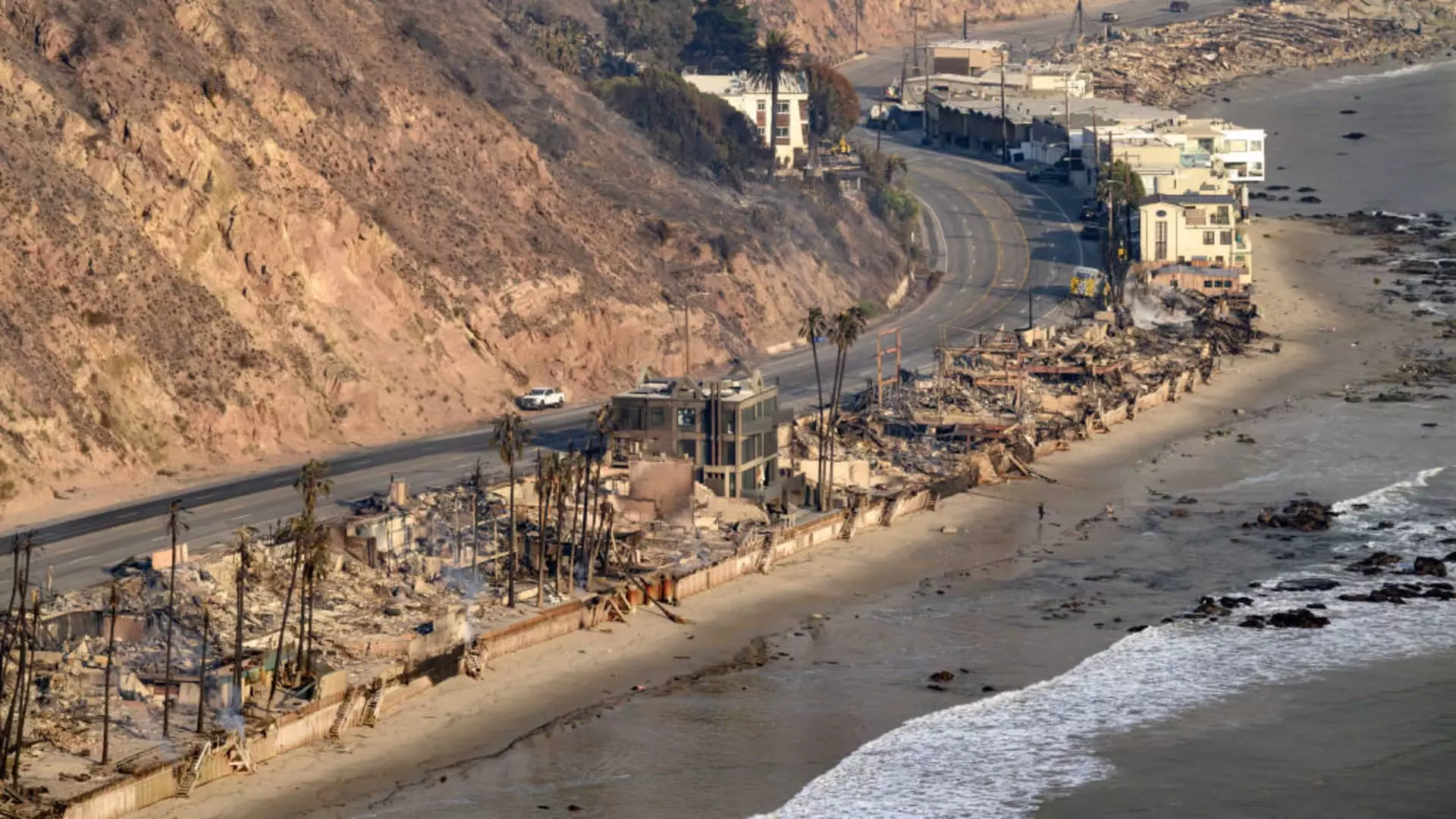The persistent wildfires that have plagued Los Angeles recently have not only wrought havoc on local residents but have also impacted the airline industry. Several major airlines, including American Airlines, United Airlines, Southwest Airlines, and JetBlue Airways, have responded by implementing travel waivers for affected passengers. This situation reflects a broader trend in the aviation sector, where airlines must adapt rapidly to mitigate the effects of environmental disasters. With ongoing wildfires intensifying concerns about safety and infrastructure, the airlines’ flexibility serves as a lifeline for travelers navigating the tumultuous circumstances surrounding their travel plans.
The wildfires have led to significant operational adjustments across the Los Angeles area. Although major airports like Los Angeles International Airport (LAX), Hollywood Burbank Airport, and Ontario International Airport reported normal operations as of recent updates, the overall environment is anything but stable. The aftermath of the fires includes power outages, boiling water advisories, and local evacuations, stressing the need for airlines to stay agile. American Airlines’ decision to waive change fees for flights to and from key airports allows for flexibility as passengers grapple with the uncertainties that come with environmental crises. By extending the rebooking window to January 20, the airline provides much-needed respite for those who need to alter their travel plans due to wildfires.
In addition to operational changes, airlines are also witnessing a notable shift in consumer behavior. Delta Air Lines, one of the industry leaders, reported a decline in flight sales to Los Angeles—traditionally a hub for both business and leisure travelers. According to Glen Hauenstein, Delta’s president, the decrease in sales is not purely in the form of cancellations, indicating a more complex interaction between the ongoing crisis and customer sentiment. While the reports suggest the decline is manageable in relation to the airline’s overall performance, it highlights the sensitive nature of travel trends influenced by natural disasters. Airlines often rely on predictive models to forecast demand, and events like wildfires can disrupt those expectations.
The airline industry’s historical resilience in the face of disruption points to potential recovery patterns after the immediate crisis subsides. Hauenstein’s observations about a possible uptick in demand post-disaster align with a well-documented trend in the aviation sector—communities often reinvest in travel as they rebuild and recover. This perspective is crucial for airlines navigating the turbulent waters of fluctuating demand; knowing that a rebound is likely can help in strategic planning and resource allocation.
However, this optimistic outlook comes with a caveat. While airlines can brace for potential rebounds, the immediate implications for passenger safety, community support, and operational integrity are paramount. Airlines must balance their commercial interests against the human cost of such disasters. Offering compassionate travel policies is essential, but airlines also need to ensure they have adequate resources and contingency plans in place to handle the aftermath effectively.
The wildfires in California represent more than just a localized crisis—they emphasize the urgent need for the airline industry to engage with broader environmental policies and sustainable practices. As climate change continues to exacerbate the frequency and intensity of natural disasters, the aviation sector must prioritize environmentally responsible approaches to travel and operations. Flexibility in travel policies, such as those adopted in response to the current wildfires, should not just be reactive measures; they need to be part of a larger, more proactive strategy aimed at fostering resilience against ongoing and future environmental challenges.
As Los Angeles continues to battle the wildfires and its cascading effects, the response from airlines highlights both the immediate need for adaptability in travel practices and the larger discussions surrounding environmental impact. Travelers seeking refuge from the crises and the airlines working to accommodate them are intertwined in a dynamic relationship that requires sensitivity and foresight. The coming weeks will reveal how these events reshape not only travel patterns but also the broader framework within which the airline industry operates in an increasingly unpredictable world.

